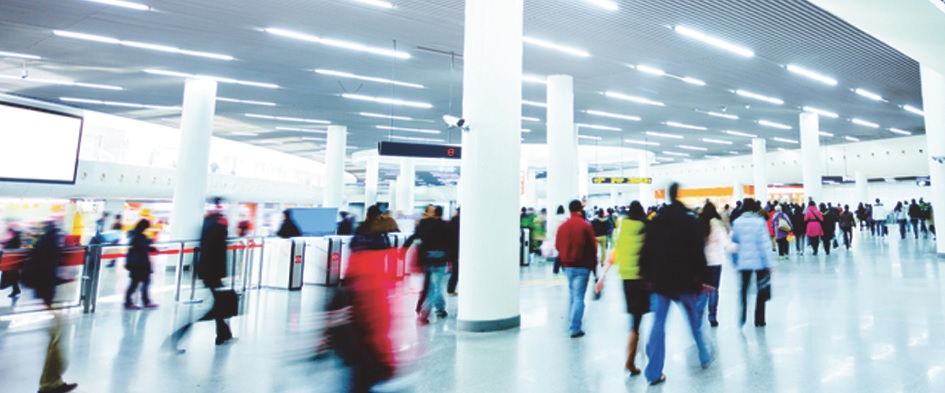The physical safety of staff, property and sensitive information is a major concern for business owners, particularly with the ever-improving ways for criminals to gain entry. Gone are the days of bosses having to carry around a stack of keys, with duplicates going missing and locks having to change every few months. Modern access control is much more sophisticated, but it’s important to determine which form of access control will suit your business.
Analyse your security requirements
It’s always beneficial to get professional input when installing an access control system so that you don’t overshoot the mark or miss critical security points. A professional can assess your entry and exit points, as well as the physical features of the building which you might overlook. You will need to supply information such as:
- Number of staff members
- Visitors received daily
- Business operating hours
- Potential vulnerabilities
Remember that you aren’t looking to protect your business for the now, but for the next few years, so consider your businesses potential growth when reviewing.
Considering the access control zones
It’s not simply a case of who can enter your building but also who can enter different zones within the building and time frames when entrance is permissible. You might have particularly sensitive information or store items of wealth that cannot be accessed by everyone. It’s important to assess the layout of your business and determine who can have access to which regions and when.
Types of access control for business
Fortunately, there are a variety of access control systems available on the market, all designed for business ranging in size and function. A professional will be able to provide complete risk analysis for your business and direct you to an access control system that will meet your daily needs.
1. Control Panel Access Systems
This is a fairly traditional method of access control where control panels act as hubs for door readers and locks, communicating with the system network.
- Access control card – Assigned to all staff members, each card has unique coding which identifies the holder of the card. There can also be photo identification of the person on the card itself. These can be carried within a purse or wallet, as well as on a lanyard around the employee’s neck.
- Card access readers – The access control card will allow an employee to gain access to the building or secure area by either inserting the card into a reader or swiping the card against a reader. For businesses with constant movement, several areas of restricted access or where speed is of the essence, then a scan reader is probably a better option.
- Control keypads – This can actually be in addition to the card reader or as a stand-alone access control system. The employee would have to enter the correct pass key to gain access, something that can be changed at any time.
2. IP Systems
This is a fairly newer method of access control whereby the system connects the door readers directly to a network, usually through Ethernet or wireless signals. Instead of using access control panels, the IP – or cloud-based systems – runs through a network hub. There is no limit to the number of door readers that can be connected to an IP system.
3. Smartphone or Mobile Access Control
Most mobile access controls use Near Field Communication (NFC) or Bluetooth Low Energy (BLE) to authenticate a phone. A virtual card will be sent to the user’s smartphone via the internet, and the reader will use NFC or BLE to read this card to either authenticate the phone or deny entry. This is usually managed in the cloud with one primary administrator to grant and revoke mobile credentials.
4. Biometric Scanner
Becoming increasingly popular is the biometric scanner for access control. The reason for this is the lack of actual access cards or disks which can be misplaced, no need for codes which can be transferred, and the heightened level of security that is associated with biometric identification. Essentially, it is the measurement and analysis of biological data using a scanner. Fingerprint scanning is possibly the most common biometric access control – although fingerprints do wear with age. Other options are voice and retina, with some access control opting for a combination.
The benefit of modern access control systems for businesses is that they take into account the ever-changing nature of the workplace. Employees will come and go and, in terms of access control, it’s a simple matter of deactivating credentials to prevent access and reassigning to another user. They also allow for degrees of access control within the company, restricting entry where necessary and alerting owners to any acts of impropriety.
Source: www.pancom.co.za

